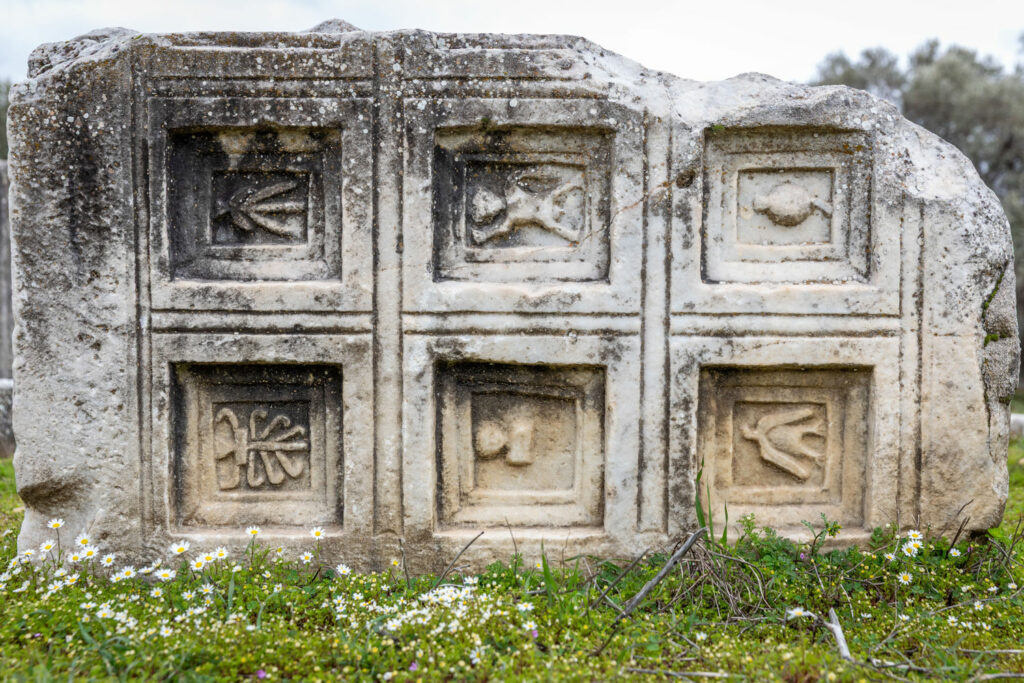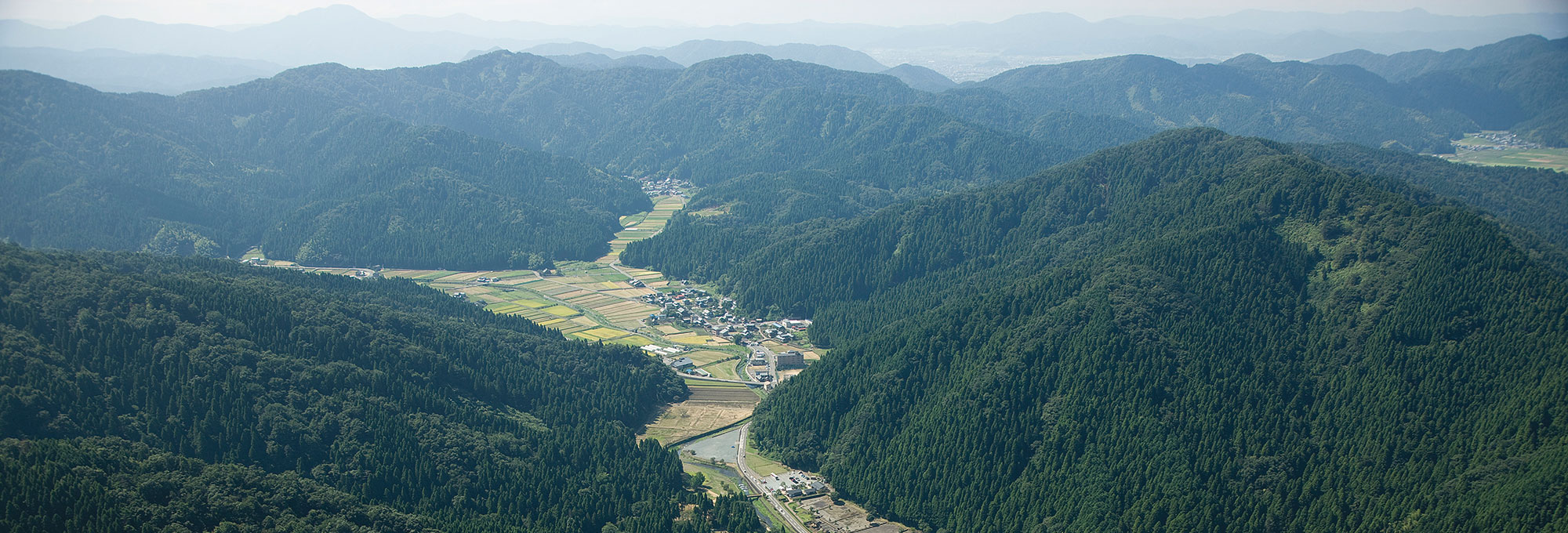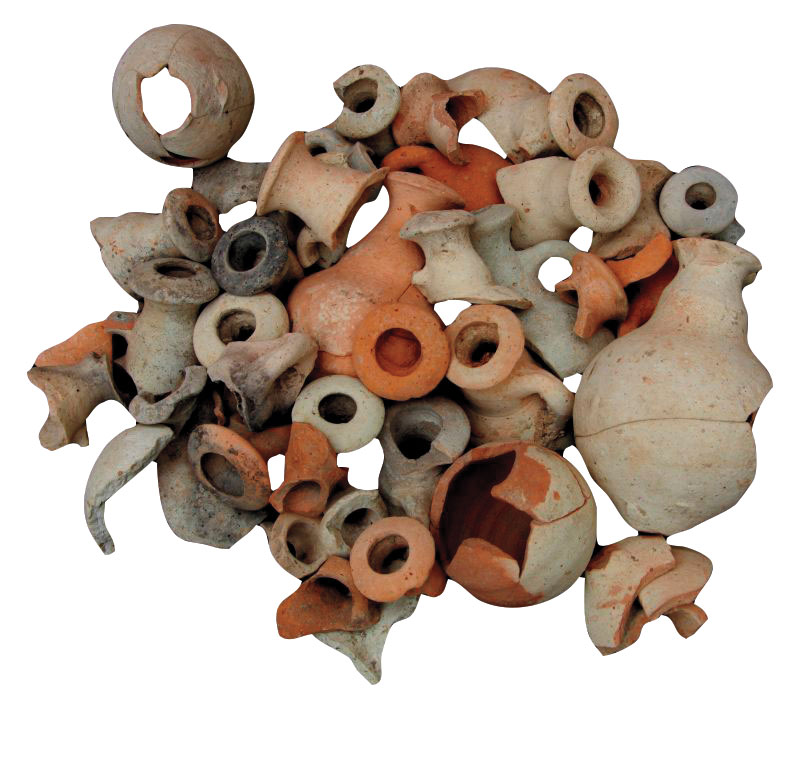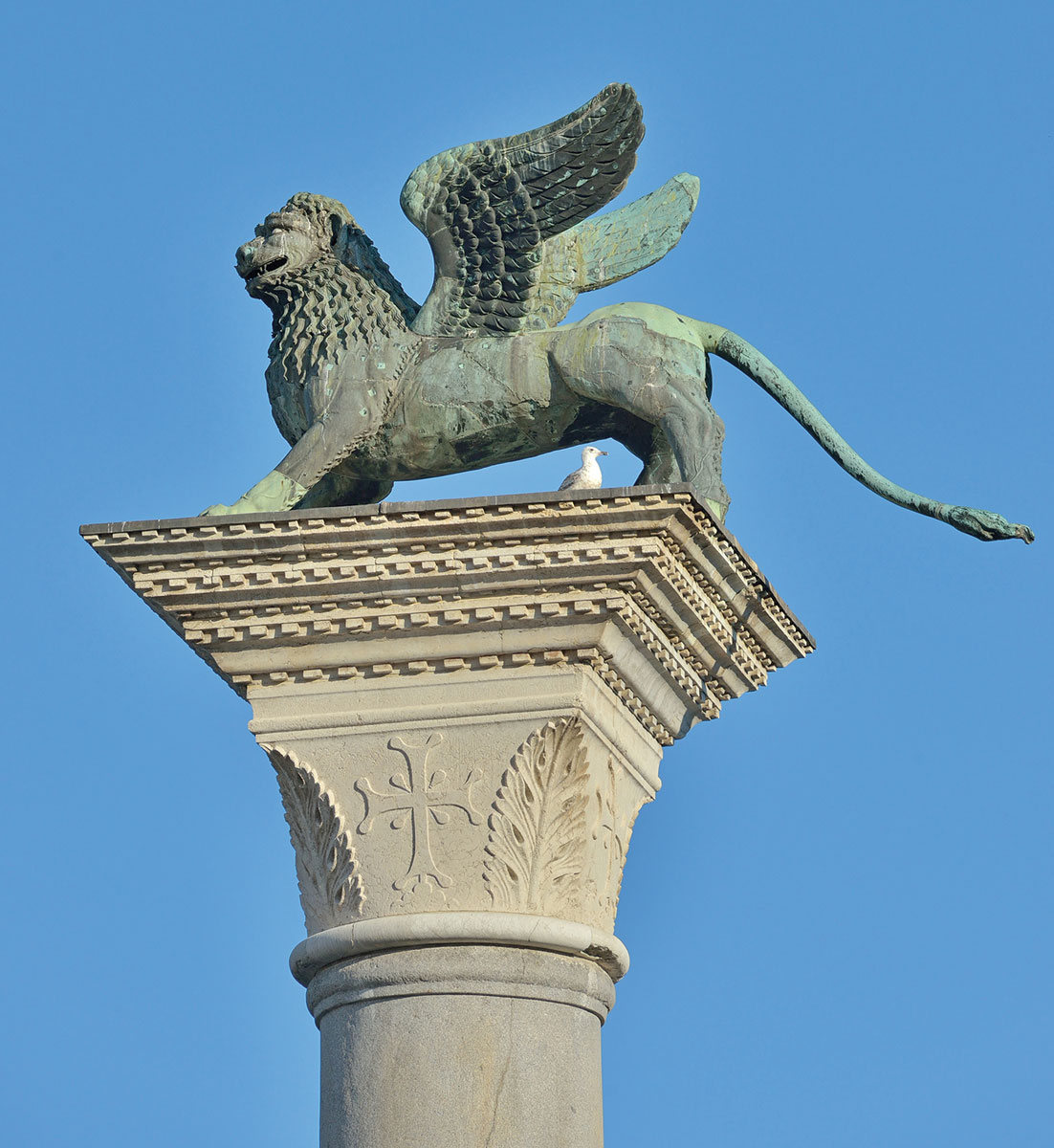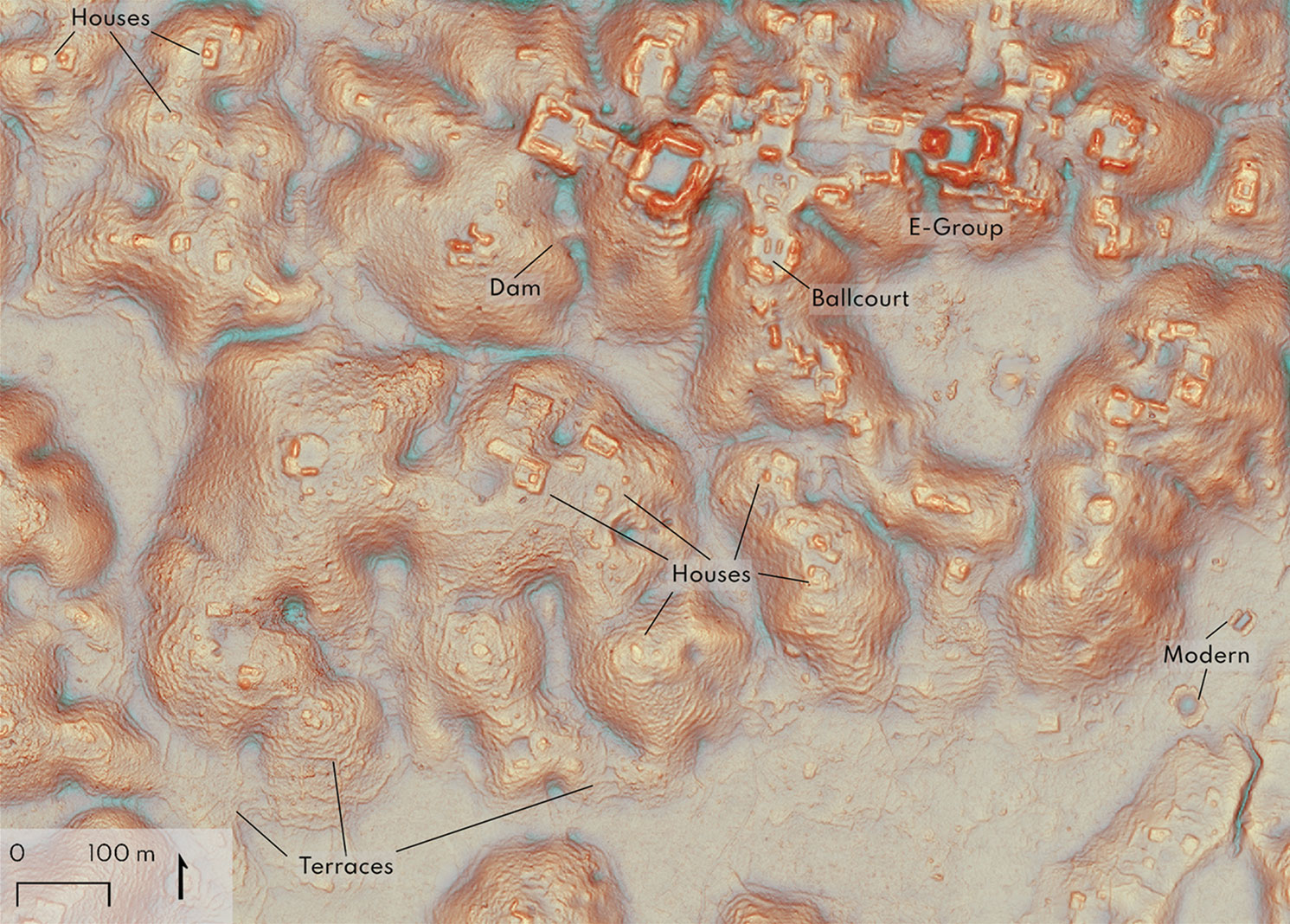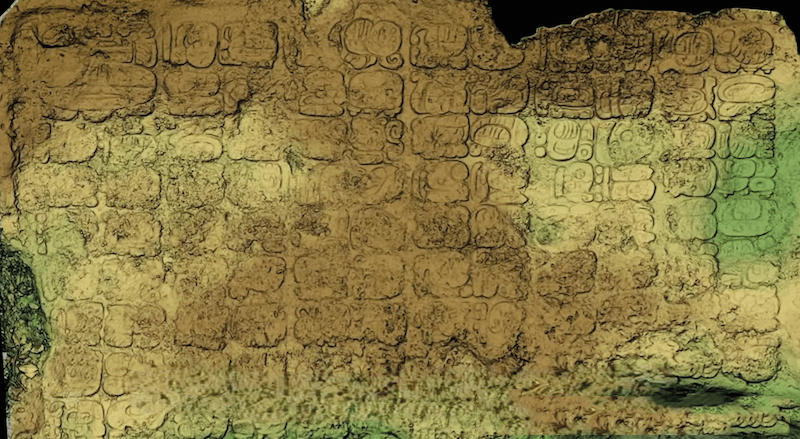Features From the Issue
-
Features
A Passion for Fruit
Exploring the surprisingly rich archaeological record of berries, melons…and more
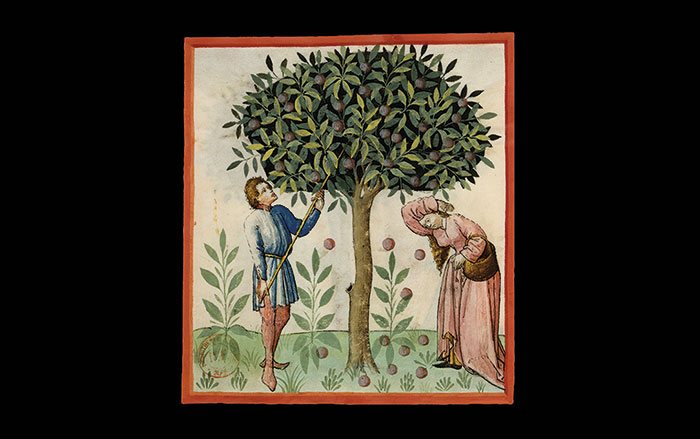 © BnF, Dist. RMN-Grand Palais/Art Resource, NY
© BnF, Dist. RMN-Grand Palais/Art Resource, NY -
Features
Lost City of the Samurai
Archaeologists rediscover Ichijodani, a formidable stronghold that flourished amid medieval Japan’s brutal power struggles
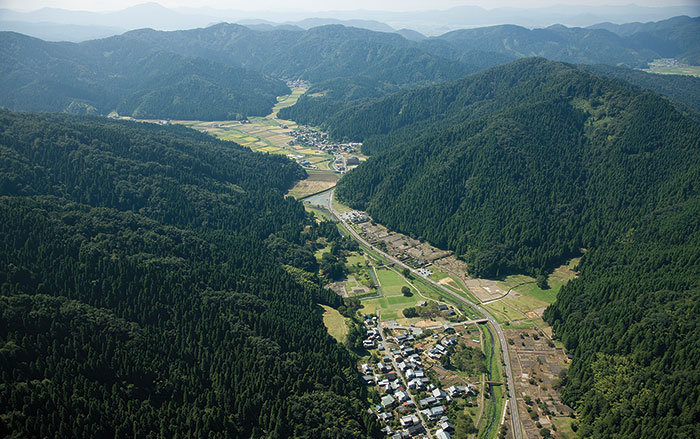 Tohan Aerial Photographic Service/AFLO
Tohan Aerial Photographic Service/AFLO -
Features
Goddess at the Crossroads
Why a city put its trust in a Greek deity feared throughout the Mediterranean world
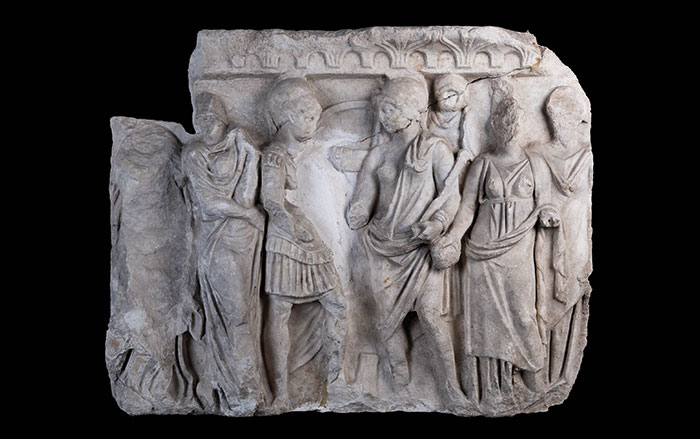 Istanbul Archaeology Museums
Istanbul Archaeology Museums -
Features
Desert Paradise Found
How a tiny, water-rich kingdom came to dominate vital trade routes in the Arabian Gulf 4,000 years ago
 Courtesy BACA/Moesgaard Museum
Courtesy BACA/Moesgaard Museum -
Features
Peru’s Timeless Threads
More than 1,000 years ago, master weavers kept the ancient traditions of the Moche culture alive
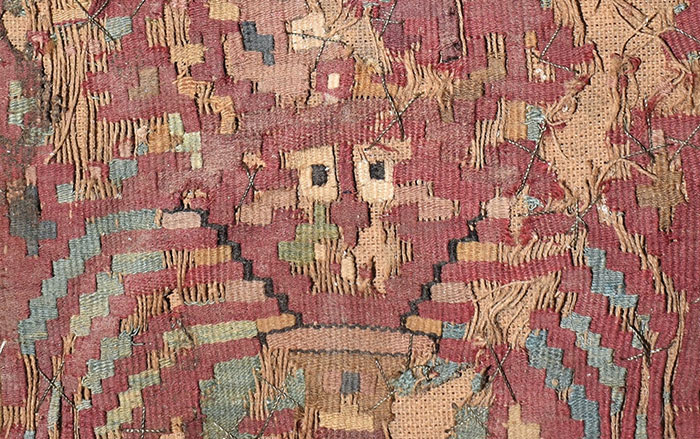 Jeffrey Quilter
Jeffrey Quilter

Digs & Discoveries
-
Digs & Discoveries
The Cat and the Fat
 SMB - Ägyptisches Museum und Papyrussammlung/Photo: Sandra Steiß
SMB - Ägyptisches Museum und Papyrussammlung/Photo: Sandra Steiß -
Digs & Discoveries
The King's Throne
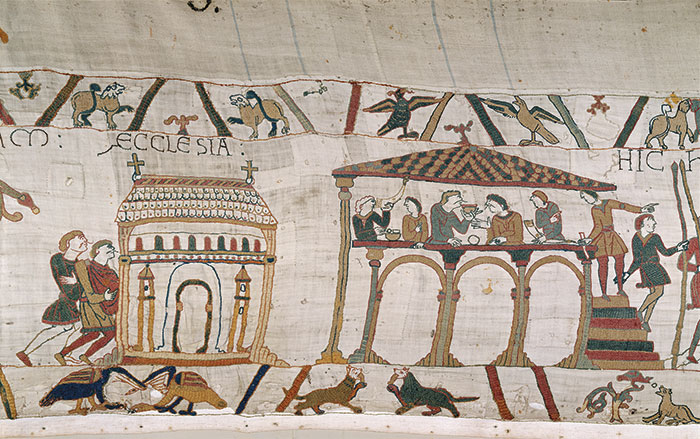 © Ministère de la Culture/Médiathèque du Patrimoine, Dist. RMN-Grand Palais/Art Resource, NY
© Ministère de la Culture/Médiathèque du Patrimoine, Dist. RMN-Grand Palais/Art Resource, NY -
Digs & Discoveries
Byzantine Boomtown
 Emil Aladjem, Israel Antiquities Authority
Emil Aladjem, Israel Antiquities Authority -
Digs & Discoveries
Lay of the Land
 Courtesy Médard Thiry
Courtesy Médard Thiry -
Digs & Discoveries
Update: Making History
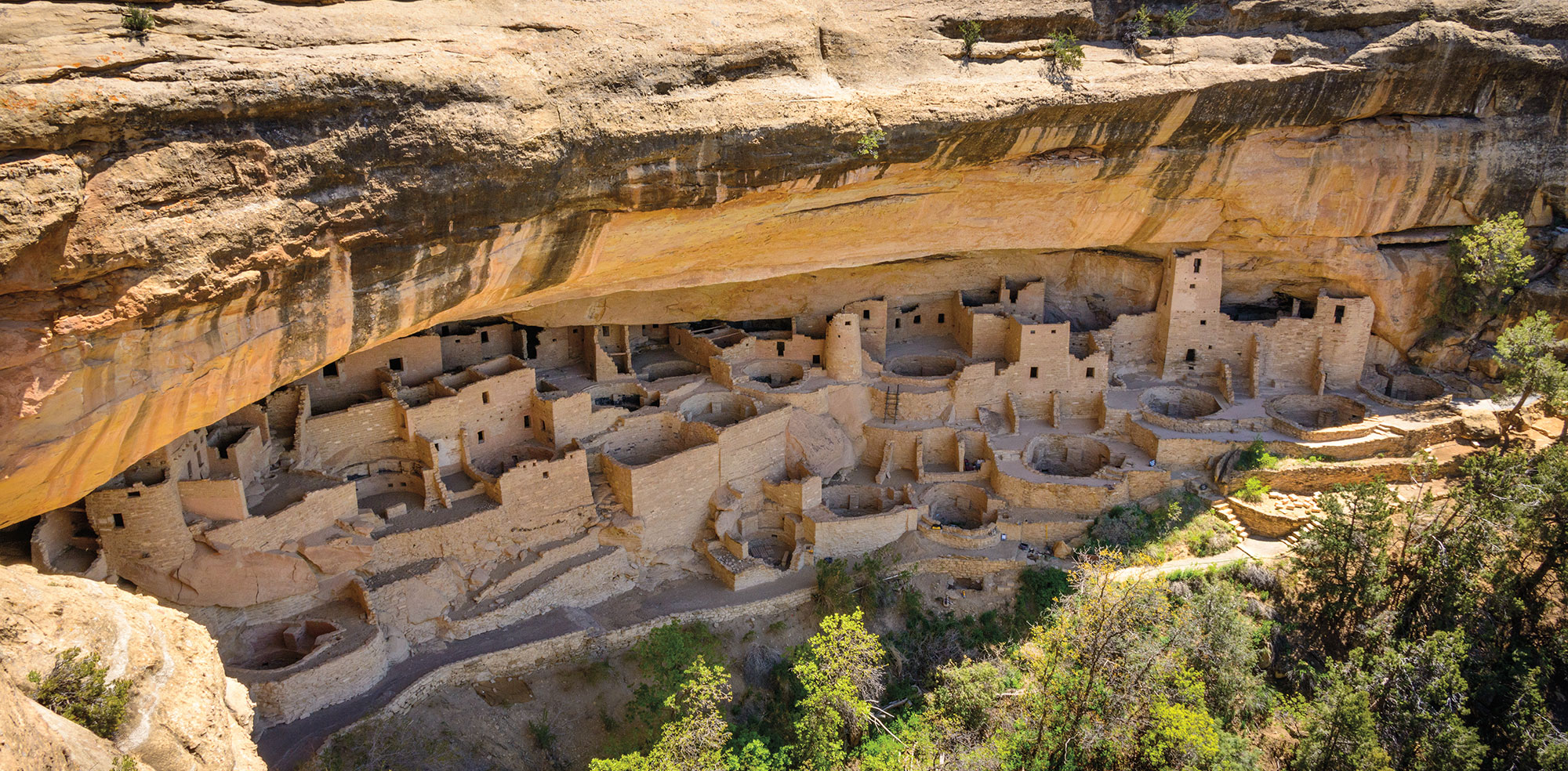 Zack Frank/Adobe Stock
Zack Frank/Adobe Stock -
Digs & Discoveries
Something's Fishy
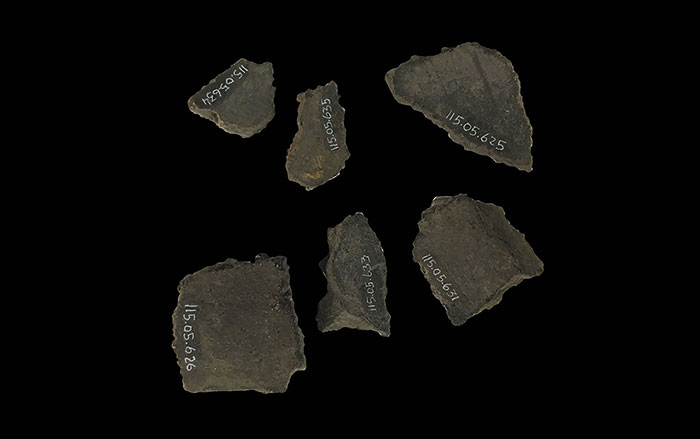 Photo by M. Admiraal
Photo by M. Admiraal -
Digs & Discoveries
Sticking to the Raptor Diet

-
Digs & Discoveries
Hero Worship
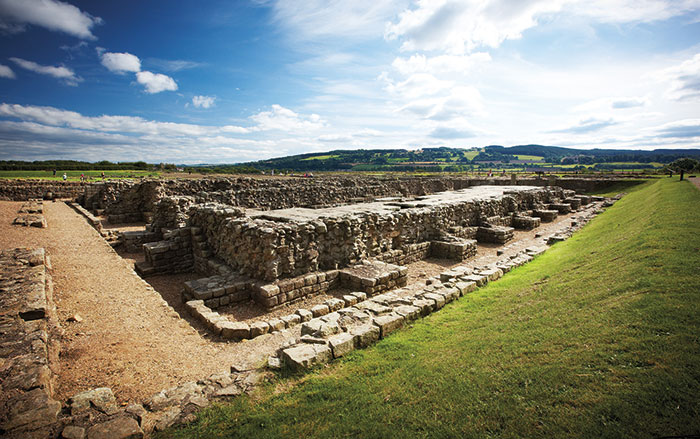 English Heritage
English Heritage -
Digs & Discoveries
Pharaoh's Fate
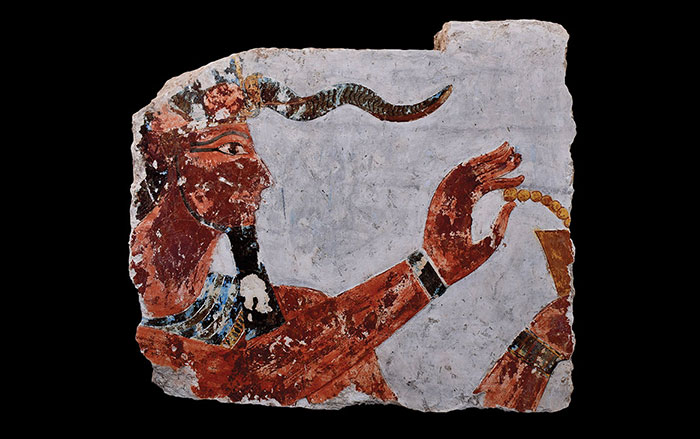 © Zahi Hawass
© Zahi Hawass
Letter From Albania
Letter From Albania
The Many Fortresses of Ali Pasha
How a father and son are documenting the architectural legacy of a renegade nineteenth-century warlord

Artifact
Artifacts
Etruscan Carved Gemstone

Off the Grid
Off the Grid May/June 2025
Bulow Plantation Ruins, Florida

Around the World

IVORY COAST
Humans adapted to unfavorable climates more easily than previously thought. It was long believed that, as Homo sapiens spread out across Africa 300,000 years ago, they stuck primarily to savannas and avoided harsh rainforest environments, which were thought to have acted as barriers to human settlement until 70,000 years ago. Discoveries made at a site known as Bété 1 are now debunking that theory. Sediment analysis and dating of layers that contained stone tools indicate that humans did in fact occupy the area 150,000 years ago, when it was blanketed in thick rainforest.

ITALY
The emperor Nero spared no expense building and decorating his colossal palace, the Domus Aurea, or Golden House, in the 1st century a.d. Recent excavations in workshops connected with construction of the property have uncovered a rare and extremely valuable 6-pound lump of a pigment known as Egyptian blue, which painters used to create the palace’s vivid frescoes. The vibrant material, which does not occur naturally, had to be created by heating and mixing silica and limestone with minerals containing copper and sodium carbonate.
Related Content

MEXICO
A lidar scan of the 15th-century Zapotec site of Guiengola in southern Oaxaca mapped previously unseen features that are currently covered in thick vegetation. Archaeologists had thought that the site consisted of no more than a fortress where soldiers were garrisoned. They now know that Guiengola was a 900-acre urban center boasting a well-organized road network and more than 1,100 buildings, including temples and ball courts.
Related Content
Slideshow: An Ottoman Ruler Reimagines his Realm
From 1788 to 1822, Ali Pasha of Tepelena ruled large swaths of what is now Greece and Albania as the regional governor of the Ottoman Empire. His reign was marked by his prowess on the battlefield and his love of luxury, but also for the enormous building campaign he initiated across his lands. This included restoring or building dozens of castles, schools, mosques, palaces, and aqueducts, to name just a few of his projects. After his death, Ali Pasha loomed in the Albanian imagination more as an insatiable conqueror than as a relentless builder, in part because many of his finest works were erased or degraded over the centuries. What’s left has given archaeologists enough to begin reconstructing the pasha’s achievements.











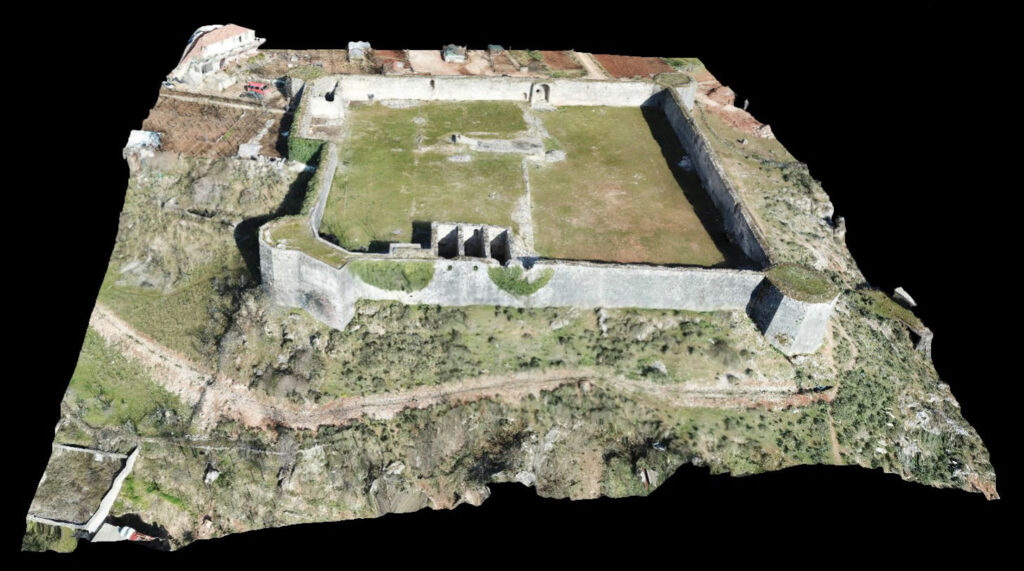
Slideshow: Honoring a Divine Protector
The goddess Hecate, a deity of magic and transitions, was associated with the frightening aspects of life throughout the Mediterranean world. In western Anatolia’s city of Stratonicea, however, she took on a very different role as patron goddess and protector. The city’s residents worshipped Hecate at a sanctuary in the neighboring town of Lagina, which contains the only known temple dedicated solely to her.





